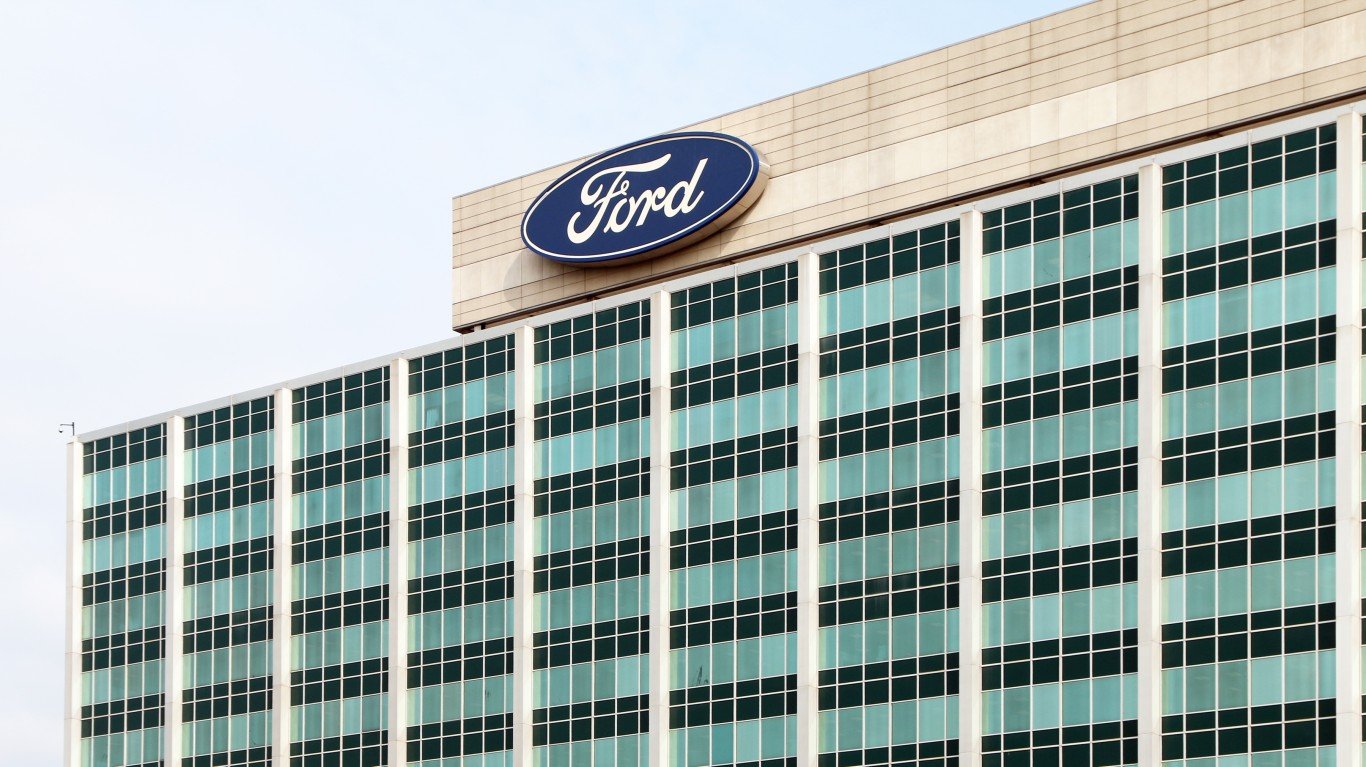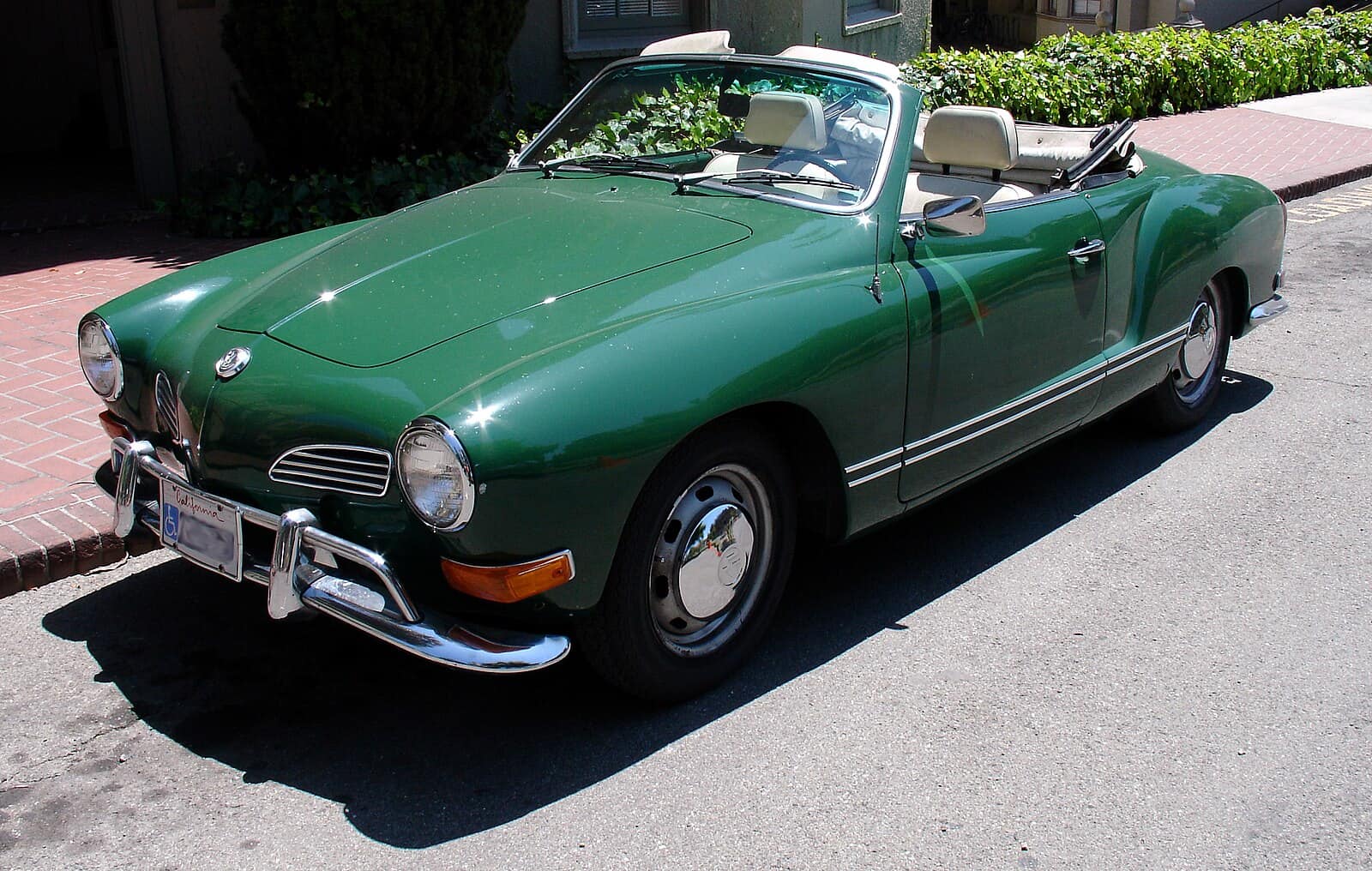

With apologies to Neil Simon: You learn a few things in this business. You know what words are funny and what words aren’t. Kewpie ketchup is funny. You say Kewpie ketchup, you get a laugh. That’s because words with K are funny. Chris Rock is funny. Joe Rogan is not funny. Kalamazoo. Kalamazoo is funny. Flint is not funny. Then, there’s kombucha. Kombucha is funny. Kale is funny. Tea and spinach? They’ll bomb. (Silent B is also funny, but more subtle).
However, in the automotive world, cars that start with the letter K run the gamut from funny to regal, with a little of everything thrown in between. From some of the fastest, sportiest cars on the road to some real clunkers, cars that start with the letter K cover a lot of ground. So buckle up as we take a spin through 24/7 Wall St.’s list of 27 cars that start with the letter K, presented alphabetically.
K-Car
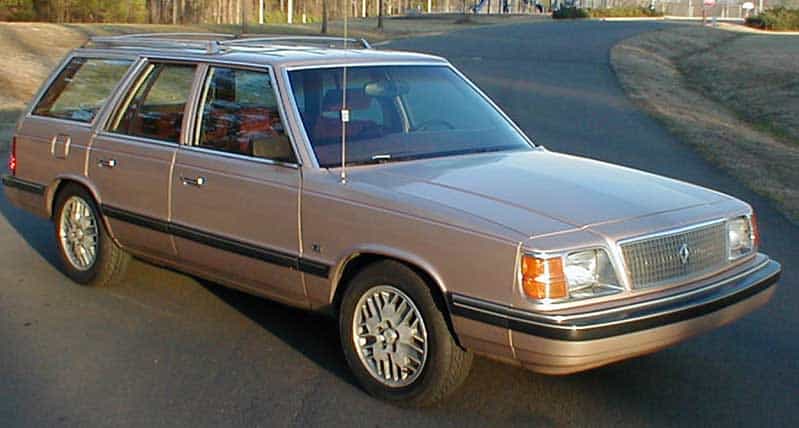
- parent/owner: Stellantis North America/Chrysler
- in production: 1981-1989
- price point: $5,880/original base sticker
Kadett

- parent/owner: Stellantis/Opel
- in production:1936 -1940; 1963- 1991
- price point: $840/original base sticker
The Kadett, a car produced by the German automaker Opel, was a popular model in the company’s lineup for decades before being retired in 1991. The original Kadett was introduced in 1936 as a small, affordable car. It was available in various body styles, including sedans, coupes, and convertibles. Production ceased during World War II. After the war, Opel introduced the Kadett A, a compact car designed to meet the growing demand for smaller, more economical vehicles in the post-war era. The model was phased out in the early 1990s, and replaced by the Opel Astra.
Kadjar
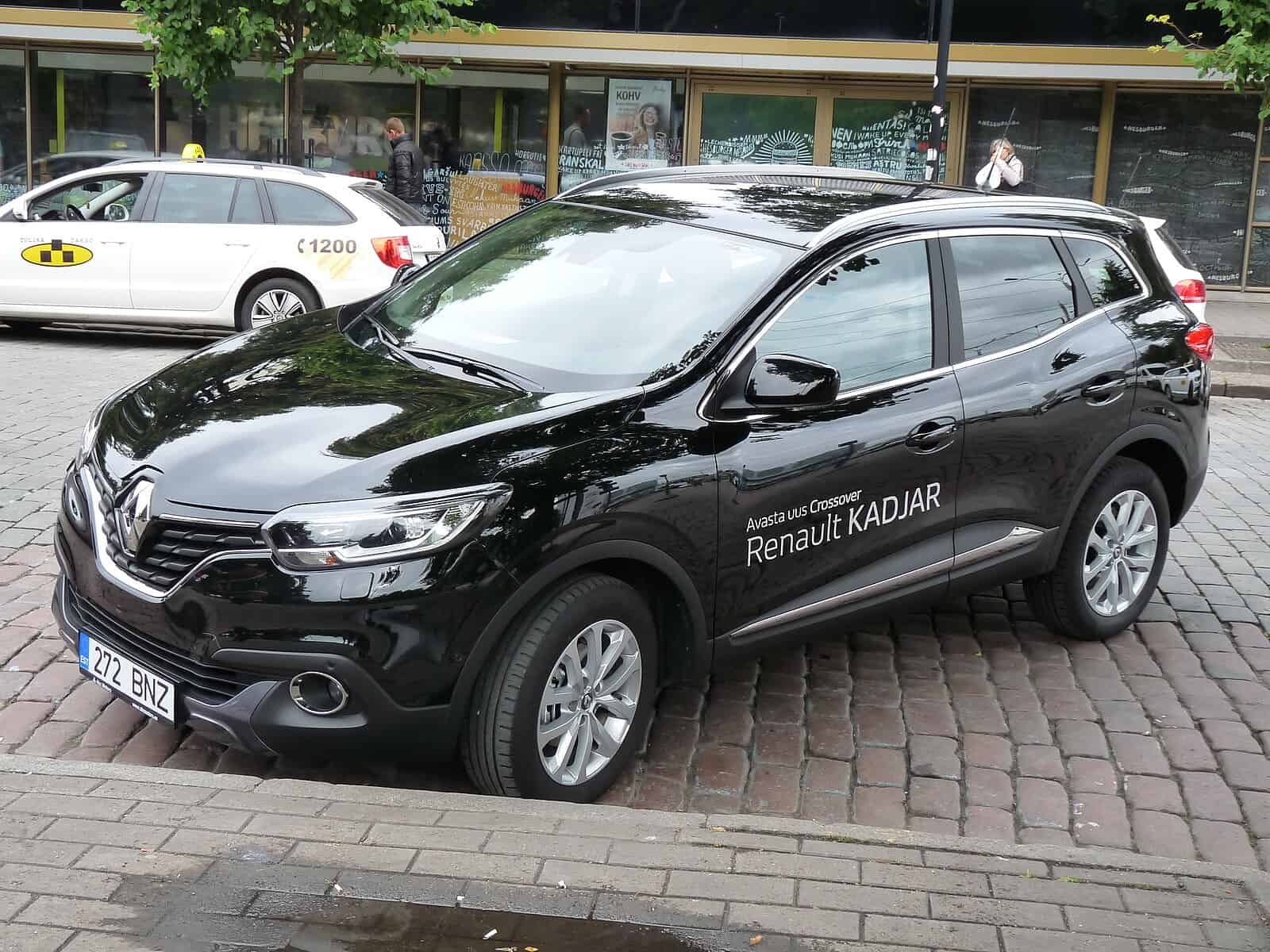
- parent/owner: Renault S.A.
- in production: 2015-2022
- price point:$19,000/original base sticker
The Kadjar is a crossover SUV produced by the French automaker Renault. It was first introduced in 2015 and is positioned in Renault’s lineup as a mid-sized SUV. The Kadjar, which shares its platform with the Nissan Rogue Sport, is a balance of practicality and urban maneuverability, accommodating up to five passengers. The Kadjar is available in an all-wheel-drive model, though front-wheel drive is standard.
Kaiser Motors
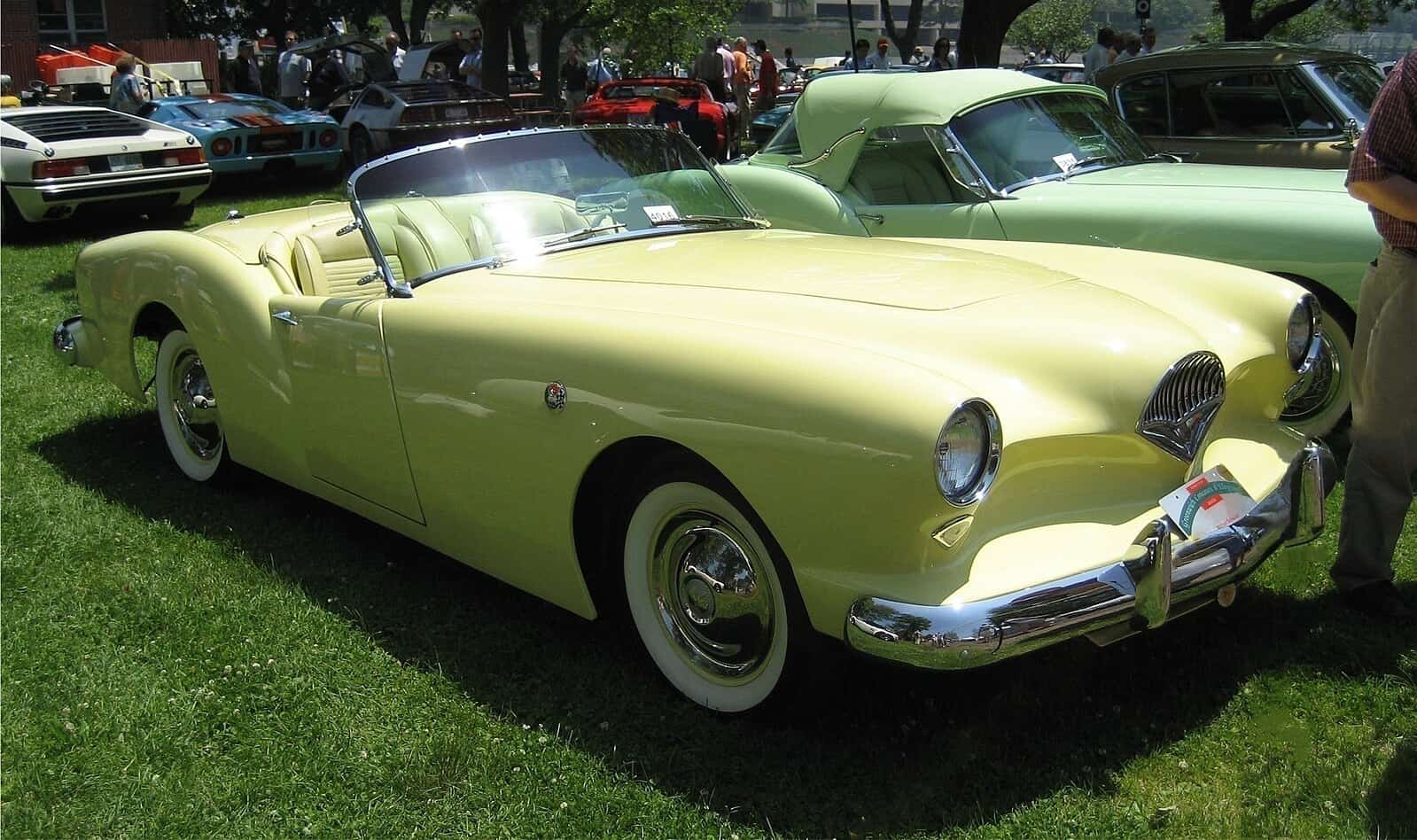
- parent/owner: Kaiser Motor Corporation
- in production: 1945-1953
- price point: various
Kaiser Motors produced several models under the Kaiser name during its existence in the mid-20th century. The Kaiser Special and Kaiser Deluxe were the first cars produced by Kaiser Motors. Their sleek, modern styling held them apart from pre-war era automobiles. The Henry J, a compact car produced by Kaiser between 1950 and 1953, was designed to be affordable and fuel-efficient. The Kaiser Darrin, one of the first American cars to feature a fiberglass body, was a two-seater with sliding doors. The Darrin was only in production for one year, with fewer than 500 units manufactured. With approximately 80 of the cars left in existence, the Darrin has become a prized collectible.
Kalos
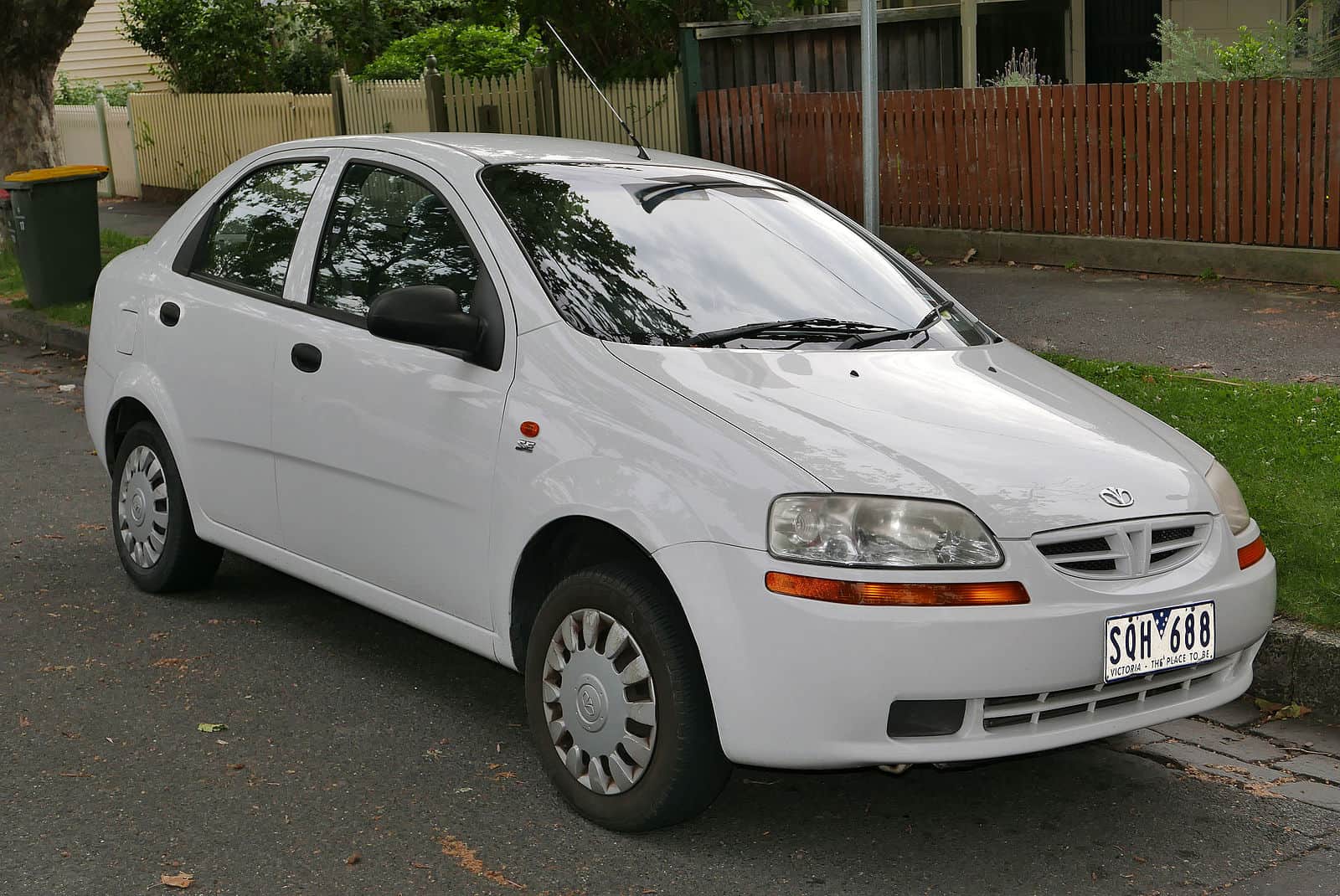
- parent/owner: GM Korea/Daewoo
- in production: 2002-
- price point: $12,500/original base sticker
The Kalos is a subcompact car that was produced by the South Korean automaker Daewoo Motors. The Kalos, introduced in 2002, offered hatchback and sedan models. Known by different names in various markets, after Daewoo’s financial difficulties, the brand was acquired by General Motors (GM). GM rebranded Kalos as the Chevy Aveo, Sonic, or Sail, market-dependent. While the Daewoo brand is no longer, the company’s legacy is the Kalos, which continues to be a practical and accessible subcompact car.
Kangoo
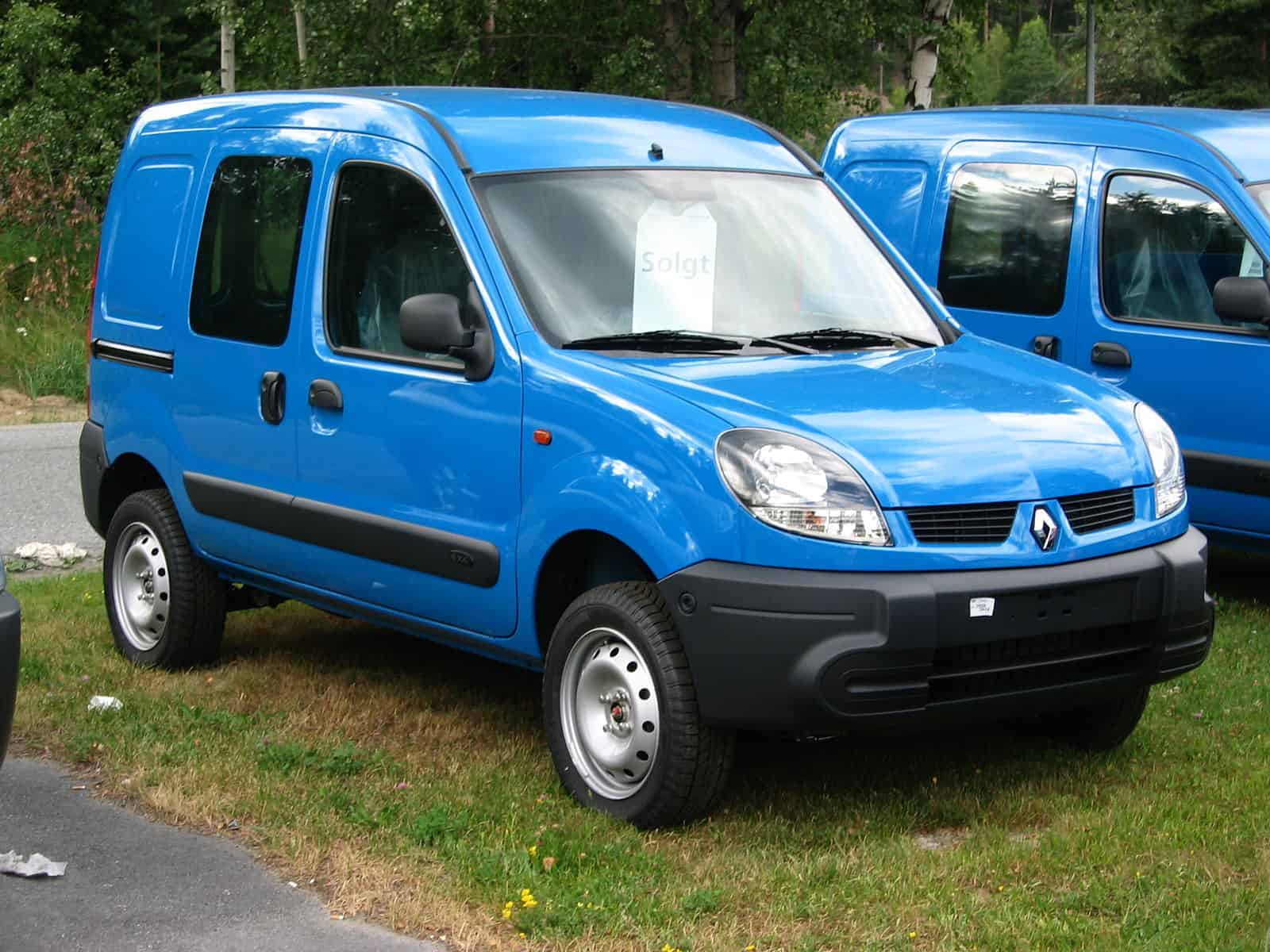
- parent/owner: Renault S.A.
- in production: 1997-
- price point: $62,000/2024 base sticker
The Kangoo consists of a range of compact panel vans and leisure activity vehicles produced by the French automaker Renault. Marketed principally as a commercial van, the Kangoo is versatile enough to be the family car. The Kangoo Z.E. is an all-electric model with zero emissions, providing an environmentally friendly option for those who wish to reduce their carbon footprint.
Kapitan
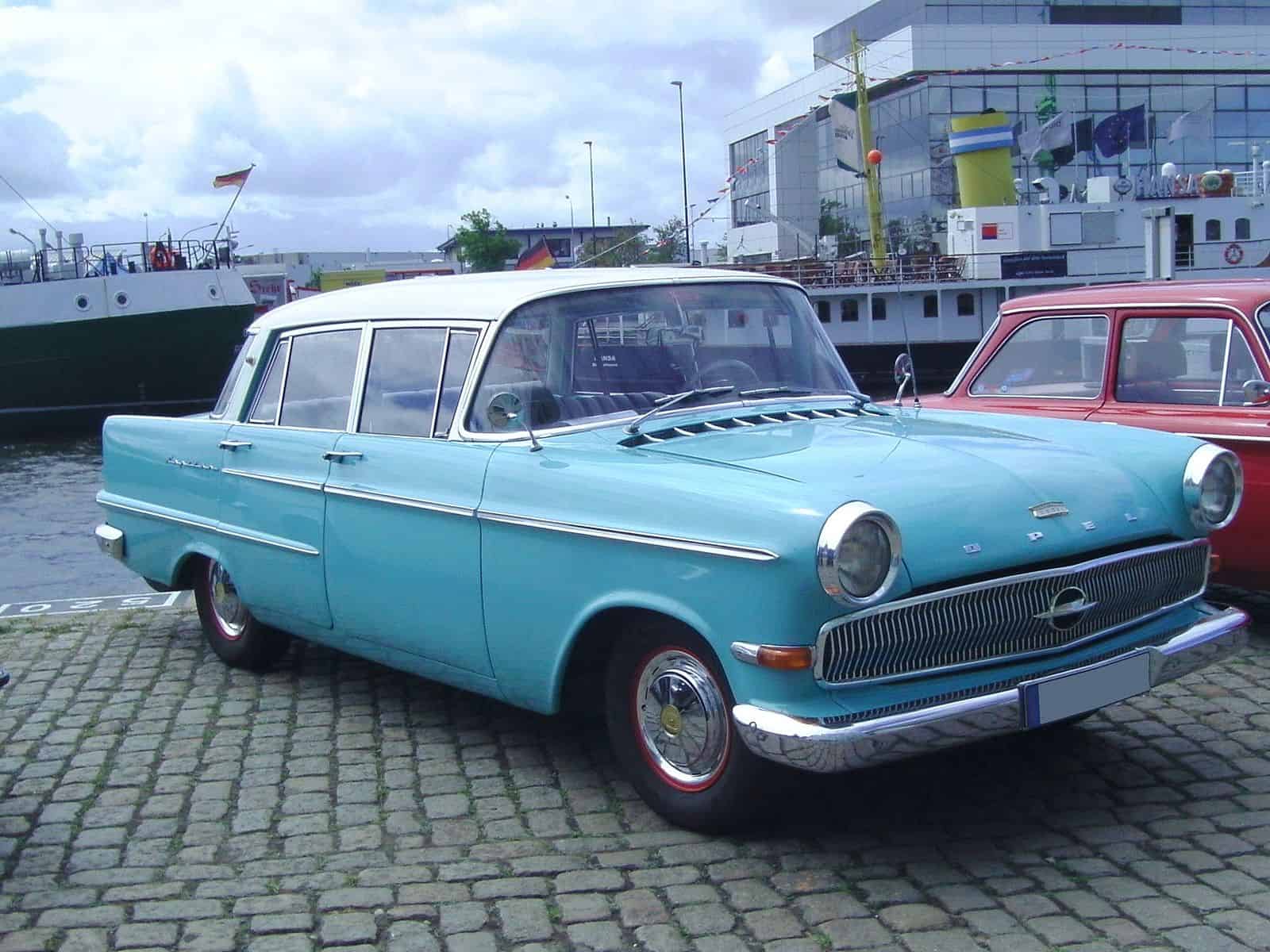
- parent/owner: Stellanis/Opel
- established: 1938-1970
- price point: $1000/base sticker
Karif

- parent/owner: Maserati S.p.A.
- in production:1988-1993
- price point: undetermined
The Karif is a sports car that was produced by the Italian automaker Maserati. The name Karif is derived from an Arabic word meaning wind or breeze. Debuting at the Geneva Motor Show, the Karif was built for speed with a 2.8-liter, twin-turbo, V-6 engine. Gaining a reputation for its smooth handling, the Karif was equipped with a 5-speed manual transmission for increased control and responsiveness. In the five years that the Karif was in production, only 221 units were made.
Karlmann King

- parent/owner: Karlmann Limited
- introduced: 2018
- price point: If you have to ask…
Of the 27 cars that start with K, this is one of the most innovative and expensive! The Karlmann King is an ultra-luxurious, highly exclusive, multi-million dollar SUV manufactured by Chinese company Karlmann Ltd. Recognized for its pioneering design, the King has a bold and angular exterior design that sets it apart. Characterized by sharp lines, large panels, and a rugged appearance, the King’s exterior is equal parts Terminator, Transformer, and 23rd-century Brinks armored car. King buyers have the opportunity to choose almost every aspect of the vehicle’s interior according to their tastes. From custom colors to seating arrangements to entertainment systems, the personalized details contribute to the exclusivity of each Karlmann King.
Karma
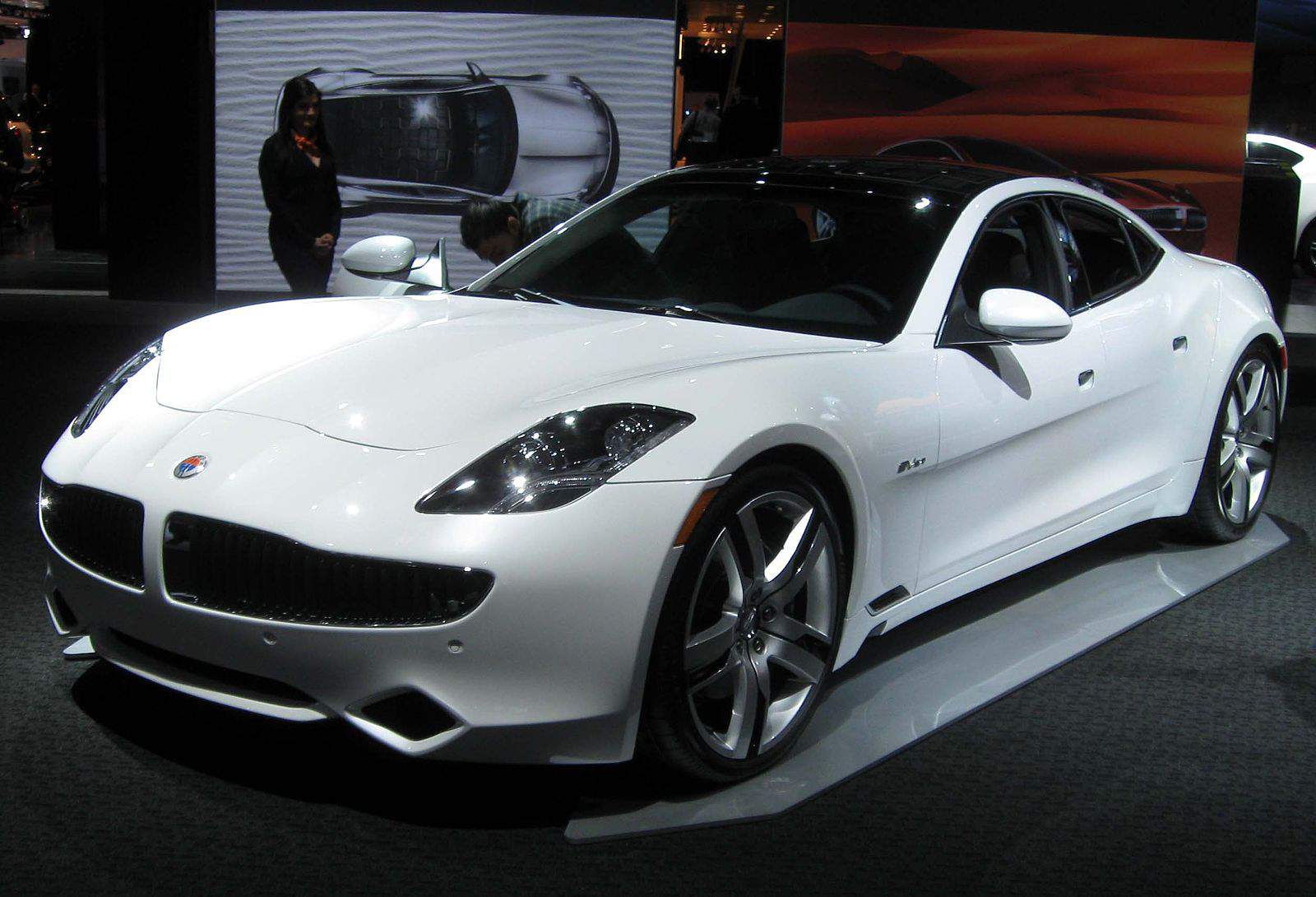
- parent/owner: Wanxiang Group
- established: 2007/2014
- price point: $100k+/base sticker 2024
Karma Automotive is an American automaker based in Irvine, California. Known for producing luxury electric vehicles, the company was originally founded as Fisker Automotive in 2007 by Henrik Fisker. Facing financial difficulties, Fisker filed for bankruptcy in 2013. Following the bankruptcy, Fisker’s assets were acquired by the Chinese auto parts company Wanxiang Group, which then rebranded the company as Karma Automotive.
Karma continues to focus on luxury electric vehicles, with a particular emphasis on high-end design. Karma Automotive’s flagship model, the Revero, is a luxury plug-in hybrid electric sedan, that relies on both electric and gasoline power. The company is presently (winter 2024) taking reservations (@ $10k a pop) for its newest design, the Kaveya. According to their website, the Kaveya will have a range of 250 miles, a top speed of 180 mph, and a charging time of 45 minutes. With fewer than 350 reservations remaining, reserve yours today!
Karmann Ghia

- parent/owner: Volkswagen Group
- established: 1955-1974
- price point: $2,245/original base sticker
The Karmann Ghia is a classic two-door sports car that was produced by the German automaker Volkswagen throughout the mid-20th century. The car’s design was notable for its sleek and stylish appearance, combining elements of a sports car with the practicality of a compact car. The Karmann Ghia was produced in various iterations from the mid-1950s to the mid-1970s.
Kei Cars
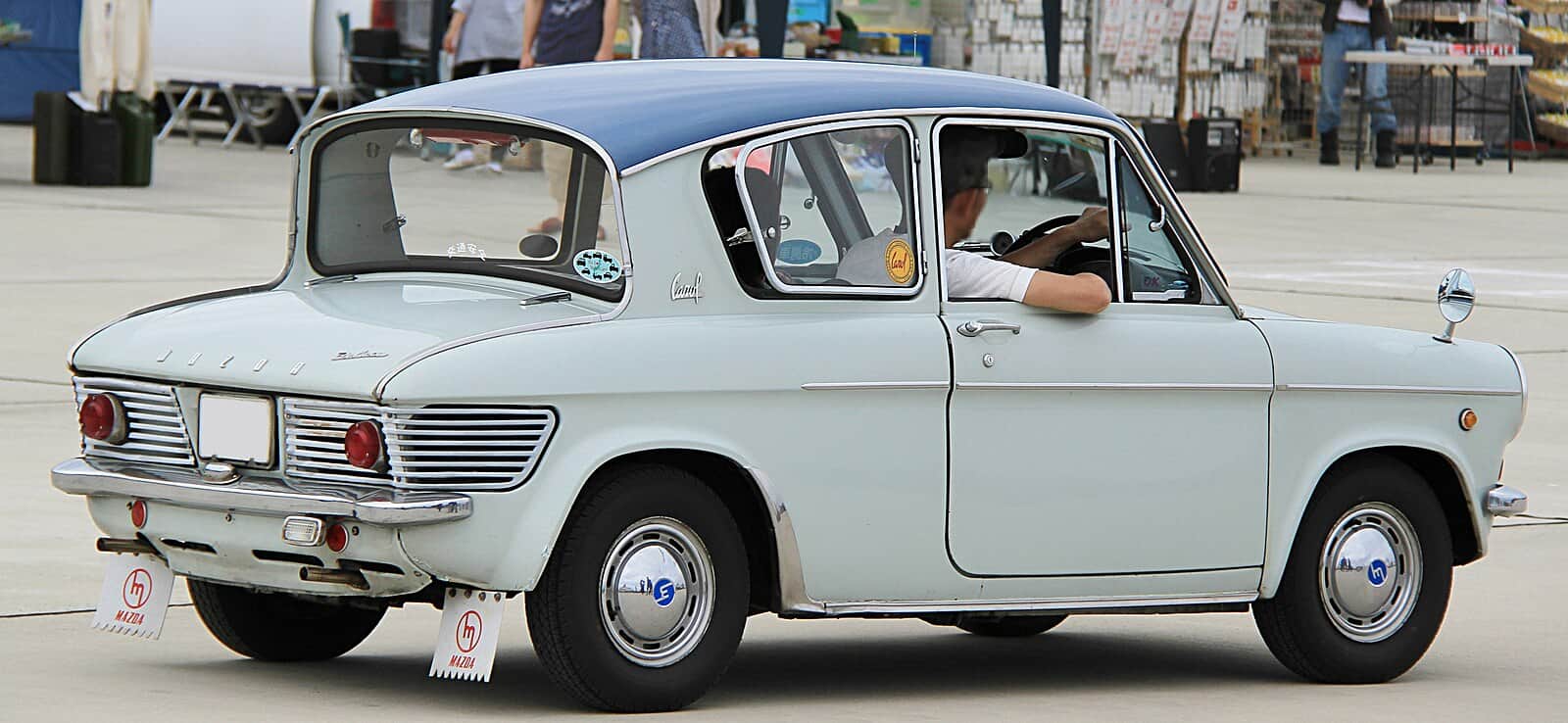
-
- parent/owner: various
- established: 1949
- price point: various
A kei car is a specific category of small, lightweight vehicles that originated in Japan. These cars are subject to regulations and standards regarding their size and efficiency. The term kei translates to lite in English, and these vehicles are designed to be compact, fuel-efficient, and affordable. Thanks to their smaller size and fuel efficiency, kei cars enjoy special tax and insurance benefits, contributing to their popularity. Kei car manufacturers include Suzuki, Honda, Daihatsu, and Nissan.
Kellison
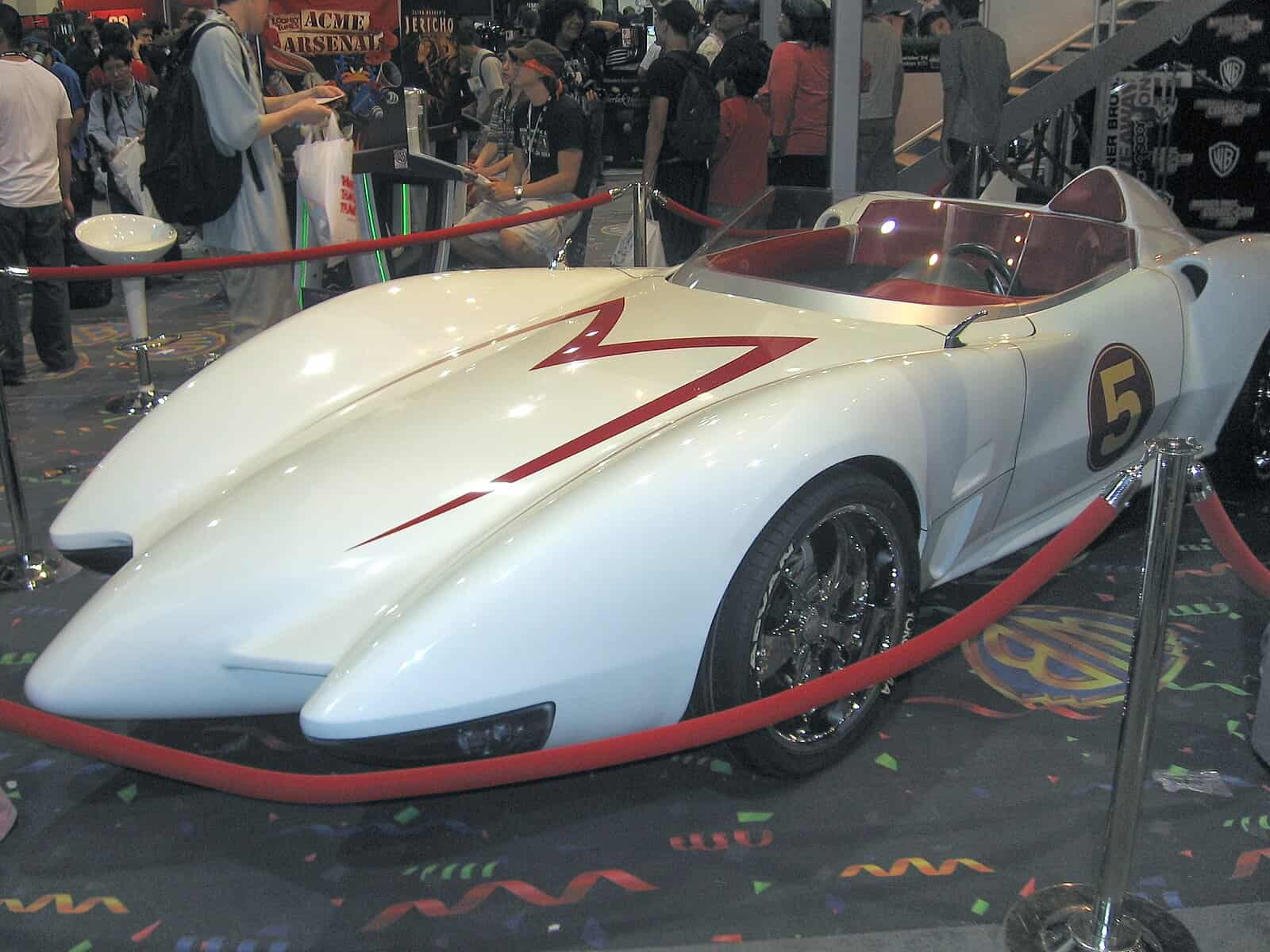
- parent/owner:
- established:1958-1969
- price point: $365.00/basic kit
Perhaps you’ve spotted one of these unique cars tooling around the neighborhood on a quiet Sunday afternoon. Kellison was an American automotive company that produced fiberglass-bodied kit cars. Based in California, the cars were the brainchild of former Air Force pilot Jim Kellison, whose kit cars included coupes, convertibles, and racers, all comprised of fiberglass. The kits, which had a starting price of $365.00, were designed to be assembled by the consumer. Kellison shipped 2,000 kits prior to closing up shop in 1969.
Khamsin
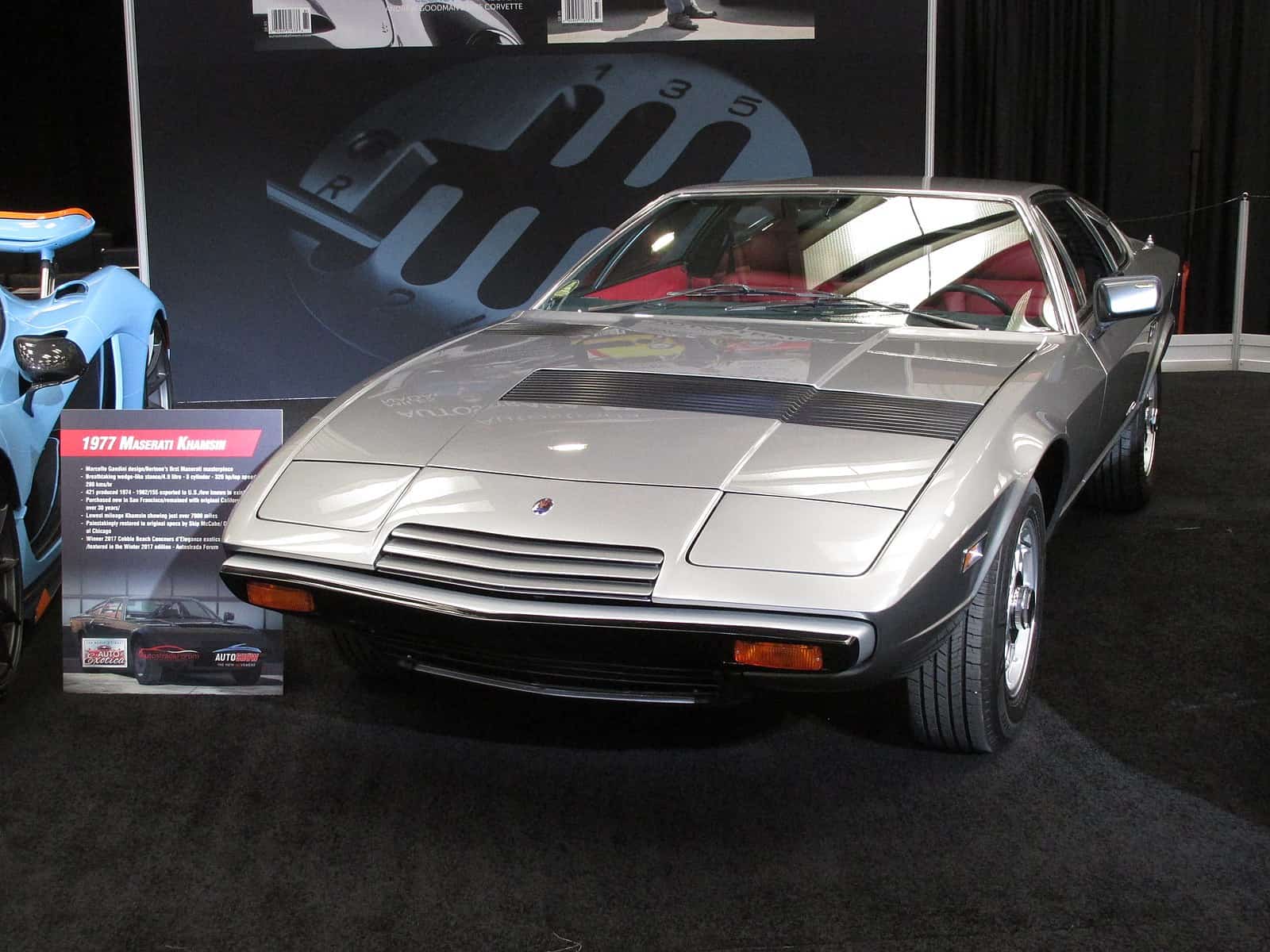
- parent/owner: Maserati S.p.A.
- in production: 1974-1982
- price point: $33,500/original base sticker
The Khamsin was a luxury grand touring car produced by the Italian manufacturer Maserati. Named for the Khamsin, a hot, violent wind that blows from the south in the desert regions of North Africa. Khamsin made its debut at the 1972 Turin Auto Show as a successor to the Maserati Ghibli. Designed by Marcello Gandini, the Khamsin featured a wedge-shaped body with distinctive retractable headlights. With only 430 cars manufactured, the Khamsin is a collector’s dream.
Kia Motor Corporation

- parent/owner: Kia Motors Corporation
- established: 1944
- price point: various
Kia Motors Corporation is a South Korean automotive manufacturer. At Kia, the focus is on producing affordable and reliable vehicles. Founded in 1944 as a manufacturer of bicycle parts and steel tubing, the company has become a major player in the global automotive industry. Kia began producing cars for the Korean market in the 1970s before establishing a global presence in the 1990s. The Kia line includes compact cars, sedans, SUVs, and electric vehicles. Popular models include the Kia Optima, Kia Sportage, Kia Sorento, Kia Soul, and the fully electric Kia Soul E.
Kicks

- parent/owner: Nissan
- established: 2016/introduced in U.S. 2023
- price point: $19,700/U.S. base sticker
The Kicks is a crossover SUV produced by the Japanese automaker Nissan. The Kicks is an urban commuter, practical for city driving with features like its subcompact size and fuel efficiency. Though the Kicks has been around since 2016, it only entered the U.S. market in 2023.
Kijang
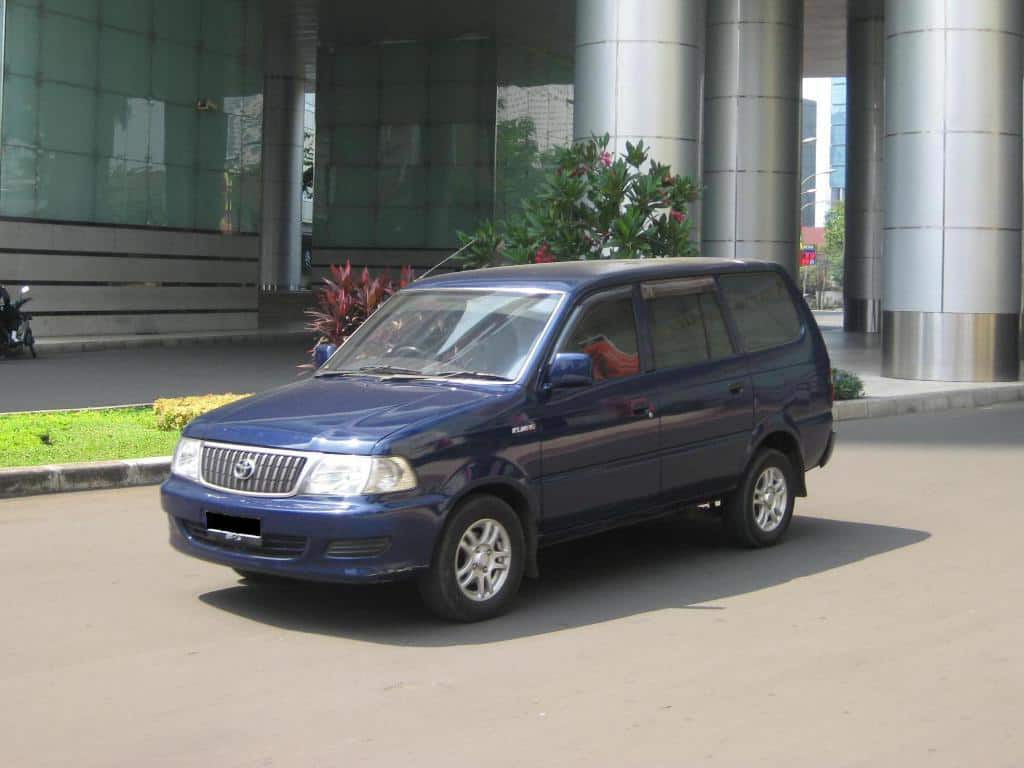
- parent/owner: Toyota Motor Corporation
- produced: 1976-2007
- price point: $2000.00/ original base sticker
The Kijang was a series of multi-purpose vehicles produced by the Japanese automaker Toyota. One of Toyota’s longest-running and most successful models, the Kijang focused on versatility, reliability, and adaptability to various markets, particularly in Southeast Asia. Kijang models included pickup trucks, estate wagons, and light-duty commercial vans.
Kimberley
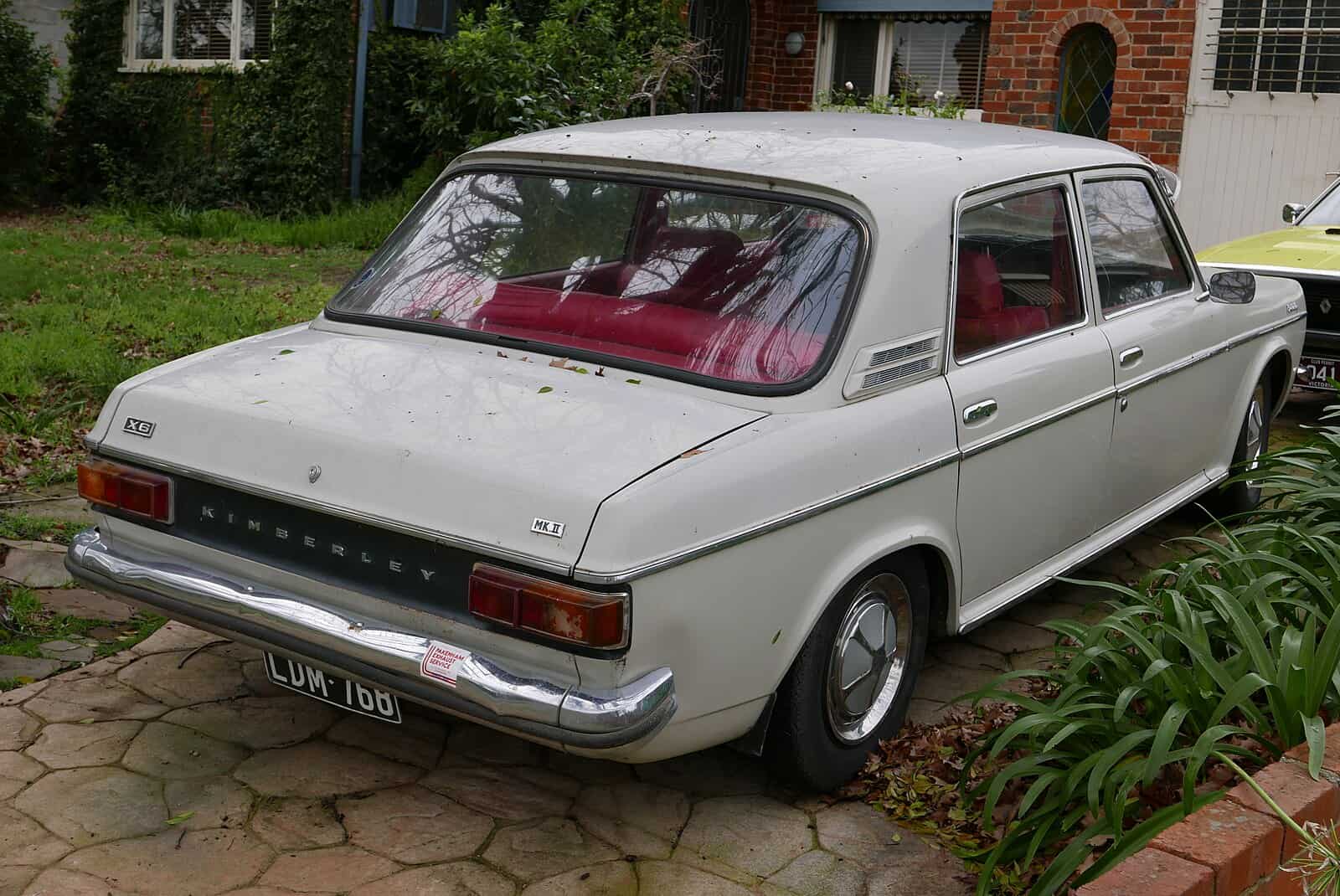
- parent/owner: British Leyland/ Austin Motor Company
- established: 1970-1972
- price point: $ 2,888 (standard transmission)/$3,148 automatic/original base sticker
The Kimberley was a family car produced by British Leyland as part of the Austin Motor Company’s lineup. The Kimberley was essentially a rebranded version of the Austin/Morris 1800 model, marketed as a more luxurious and upmarket variant. Sold principally in the United Kingdom, the Kimberley was available in sedan and estate wagon models.
Kingswood

- parent/owner: General Motors/Holden
- produced: 1968-1985
- price point: $1200/ original base sticker
Of the 27 cars that start with K, unless you come from the land down under, this is probably the one you haven’t heard of. The Kingswood is a model of automobile that was produced by the Australian automaker Holden, a subsidiary of General Motors. The HQ series, introduced in 1971 included a range of body styles from Coupes and sedans to station wagons and utility vehicles. The Kingswood was popular for its spacious interior, sturdy construction, and classic design. In the late 20th century through the early 21st century, Holden continued to manufacture cars, most of which were GM derivatives, until the brand was retired in 2021. Disambiguation: Chevrolet produced a Kingswood model station wagon from 1959 to 1960, which was wholly separate from the Holden Kingswood.
Kizashi
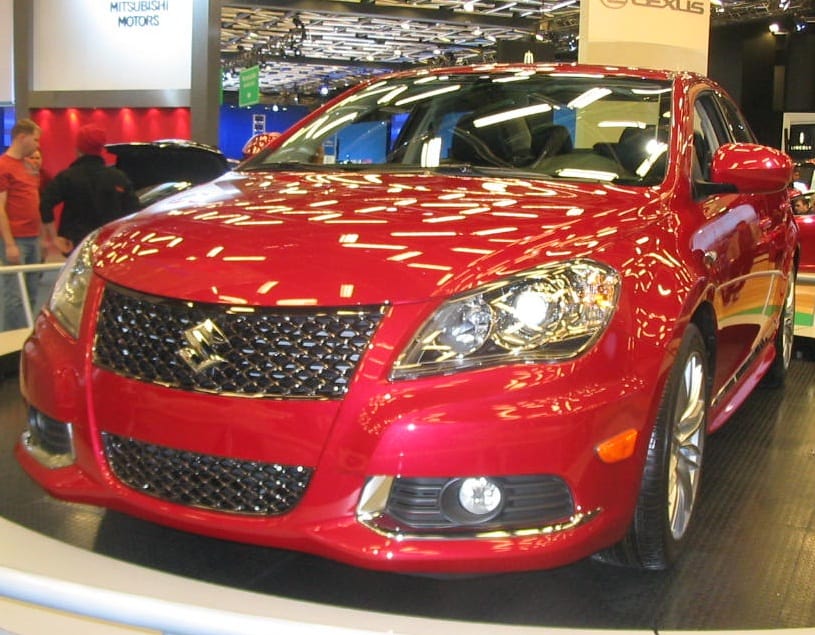
- parent/owner: Suzuki Motor Corporation
- produced: 2009-2016
- price point: $22,644/ original base sticker
The Kizashi is a midsize sedan that was produced by the Japanese automaker Suzuki. Introduced in 2009 as Suzuki’s entry into the midsize sedan market, the Kizashi was designed to offer a blend of style and performance that were traditionally associated with models from larger automakers. Positioned as a sportier option in the midsize sedan market, the Kizashi focused on handling and appearance. Lackluster sales were the death knell for this sporty little number, which ceased production in 2016.
Kluger

- parent/owner: Toyota Motor Corporation
- produced: 2000-
- price point: $23,500/original sticker base
The Kluger, marketed as the Highlander in North America, is a midsize crossover SUV produced by the Japanese automaker Toyota. The Kluger, designed to provide a comfortable ride and reliable Toyota performance, is available with a variety of options, including an economical 4-cylinder, or a more powerful V-6 engine, leather upholstery, and state-of-the-art infotainment systems. Thanks to its practicality and efficiency, the Toyota Kluger continues to be a market favorite.
Kodiak
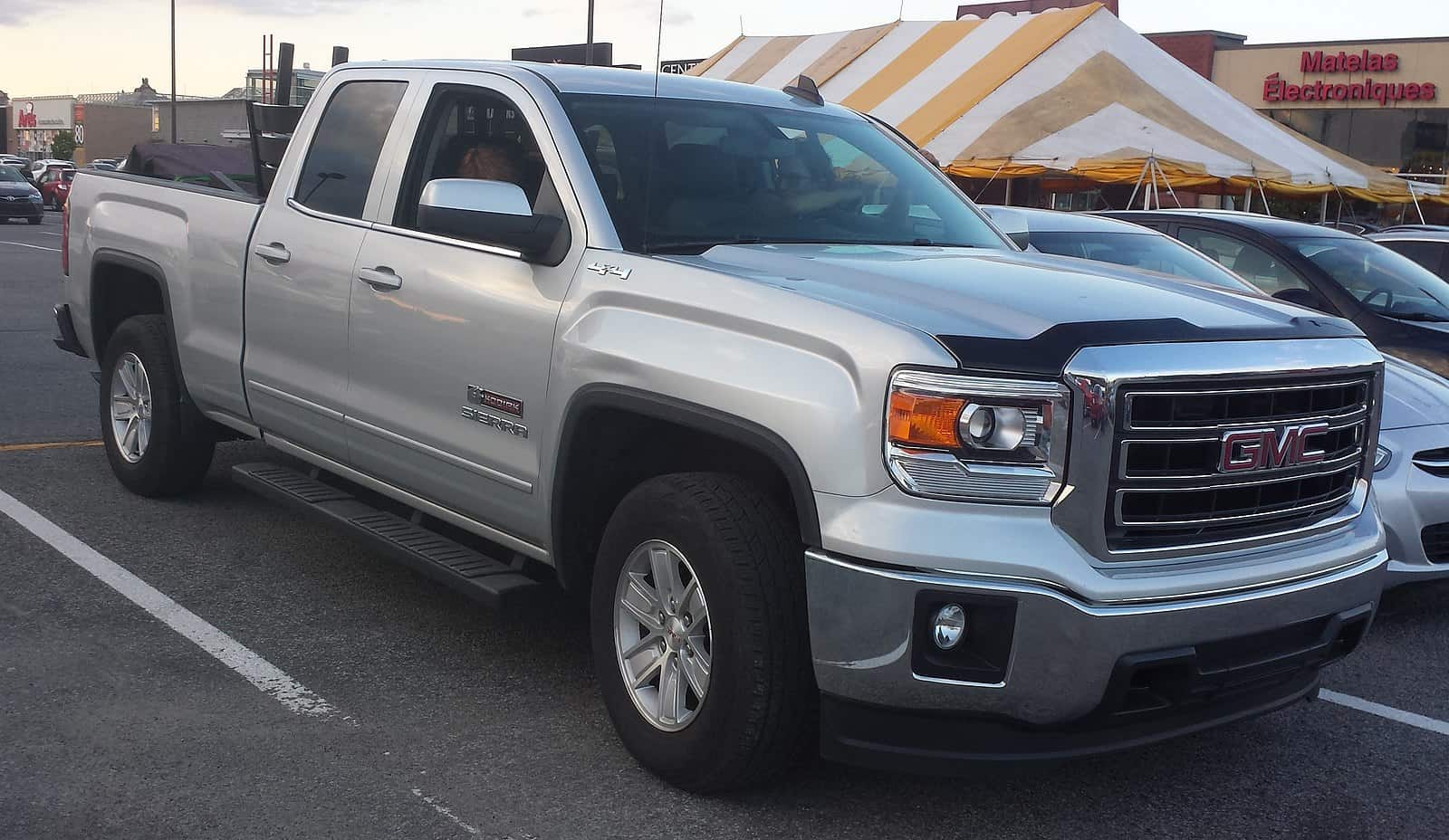
- parent/owner: General Motors/Chevrolet
- produced: 1981-2009
- price point:
Also branded as the GMC Topkick, the Chevrolet Kodiak was in production for several decades, undergoing updates and changes throughout its manufacturing history. Amid restructuring at General Motors, this medium-duty truck was retired in 2009, and replaced by the Chevy Silverado series.
Koenigsegg Autumotive
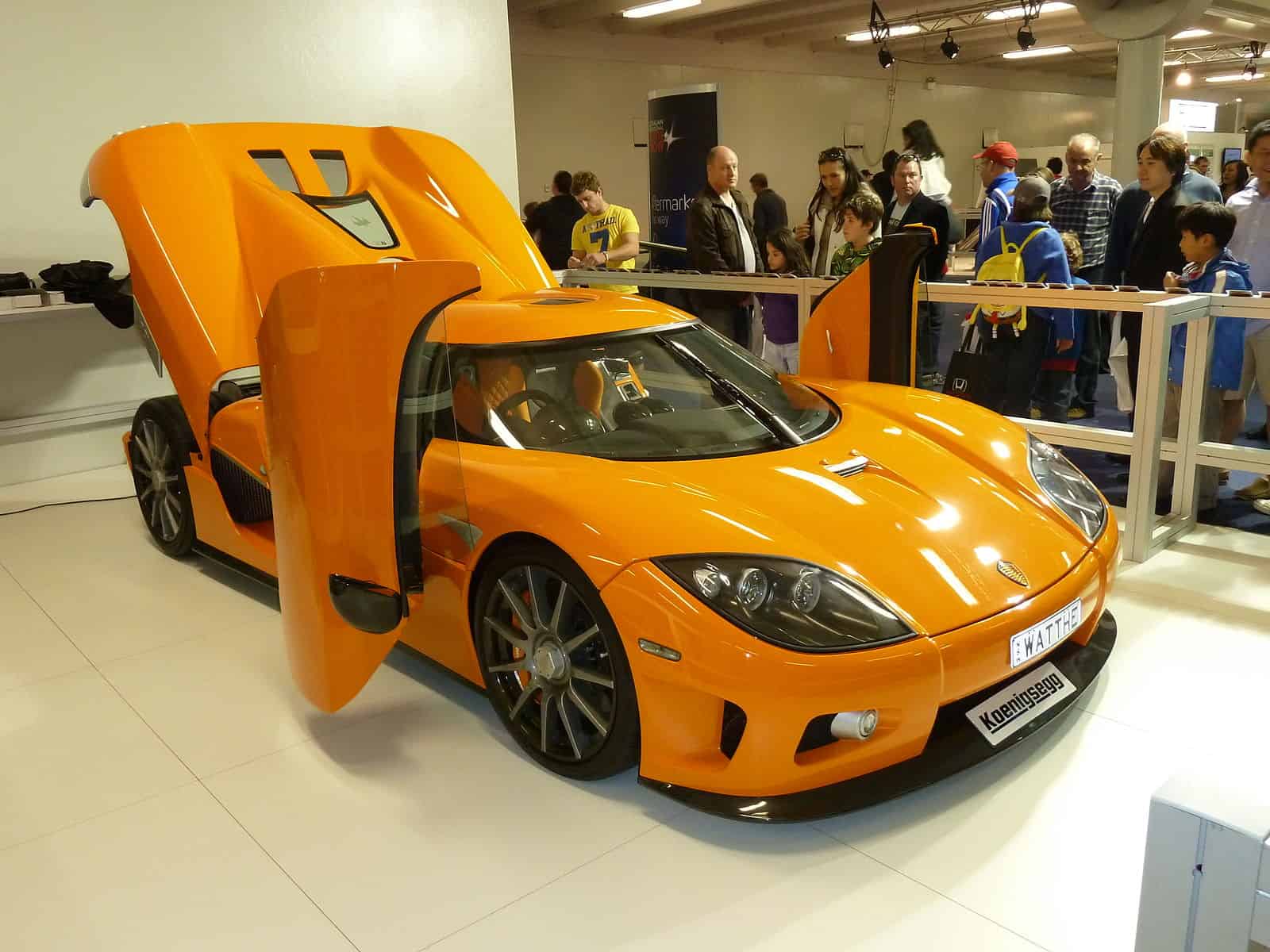
- parent/owner: Christian von Koenigsegg
- established: 1994
- price point: $1,000,000
Koenigsegg Automotive AB is a Swedish manufacturer of high-performance sports cars, known for producing some of the fastest and most exclusive hypercars in the world. The company was founded in 1994 by Christian von Koenigsegg, whose goal to create a world-class sports car was realized in 2002 with the introduction of the CC8S, of which 6 were produced. Combining cutting-edge technology with a sleek design, the Koenigsegg CC8S features rear-wheel drive and a six-speed manual transmission. Doors that open vertically and a sunroof that can be stashed in the boot are also standard.
Koleos
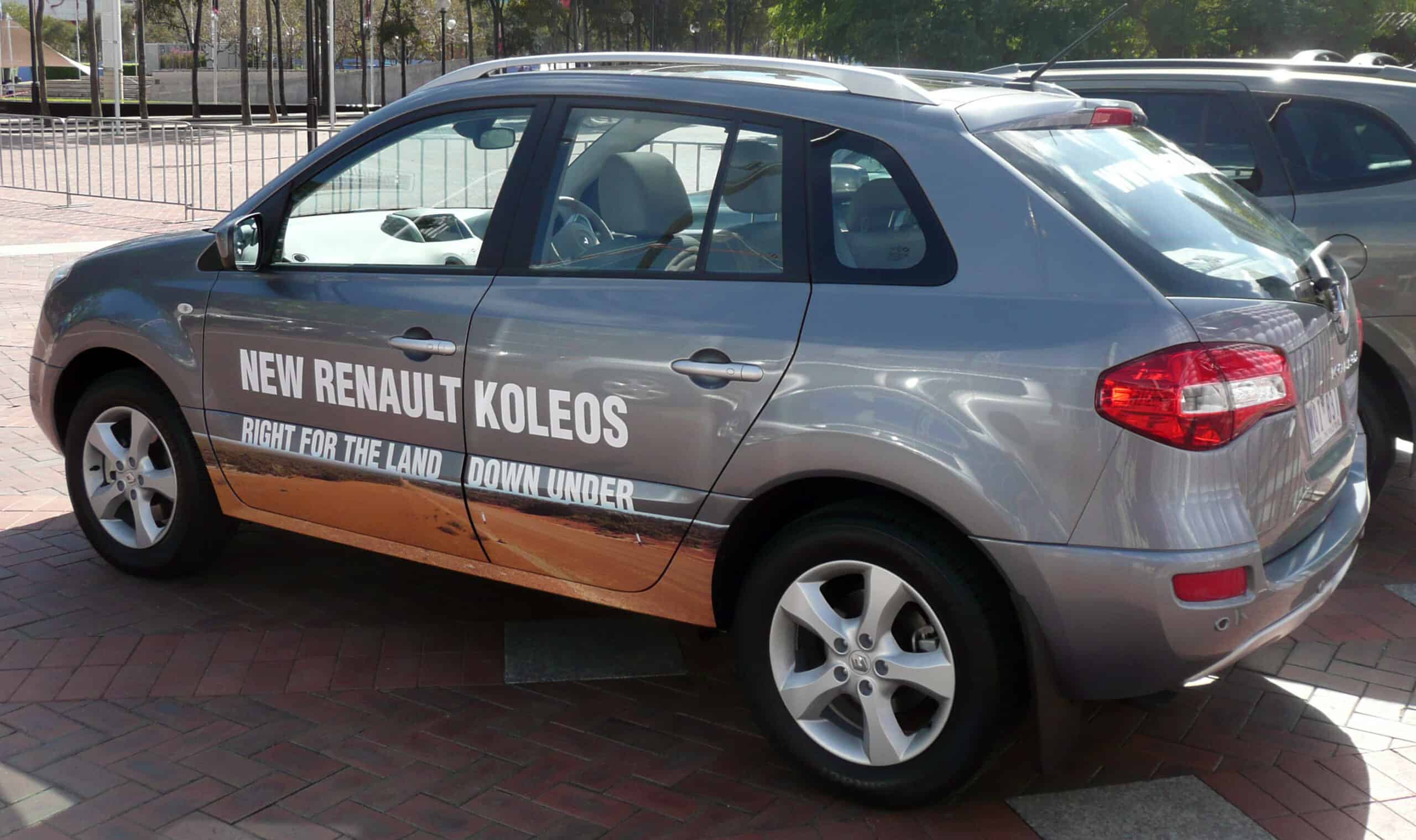
- parent/owner: Renault S.A.
- in production: 2007 –
- price point: $37,500/ 2024 base sticker
The Koleos is a crossover SUV produced by the French automaker Renault. Introduced in 2007, the Koleos is designed to provide an affordable option for individuals and families seeking comfort and efficiency. The Koleos, which shares its platform with the Nissan Rogue, features a spacious interior and a versatile cargo space. It is available in gasoline and diesel-powered models. Recently discontinued in the U.K. due to sluggish sales, Renault is presently phasing out the Koleos in all of its markets.
KTM
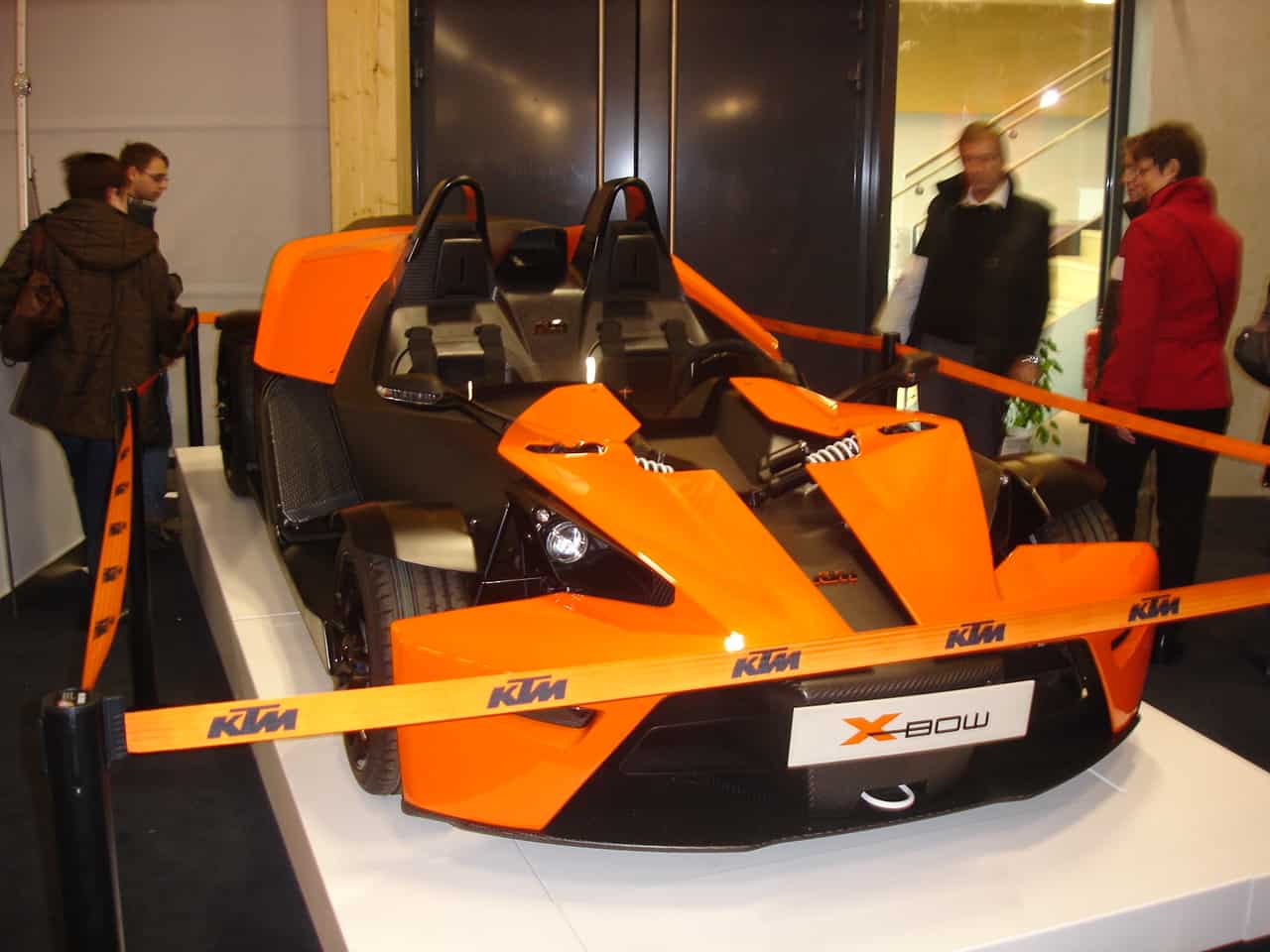
- parent/owner: Pierer Mobility AG/KTM
- established: 1934
- price point: N/A
KTM, principally an Austrian motorcycle manufacturer, started producing the KTM X-BOW (pronounced crossbow), a lightweight, high-performance sports car in 2008. Looking for all the world like your favorite Hot Wheels car, the X-BOW is designed for track use and has gained attention for its unique design and handling capabilities.
Kurtis Kraft
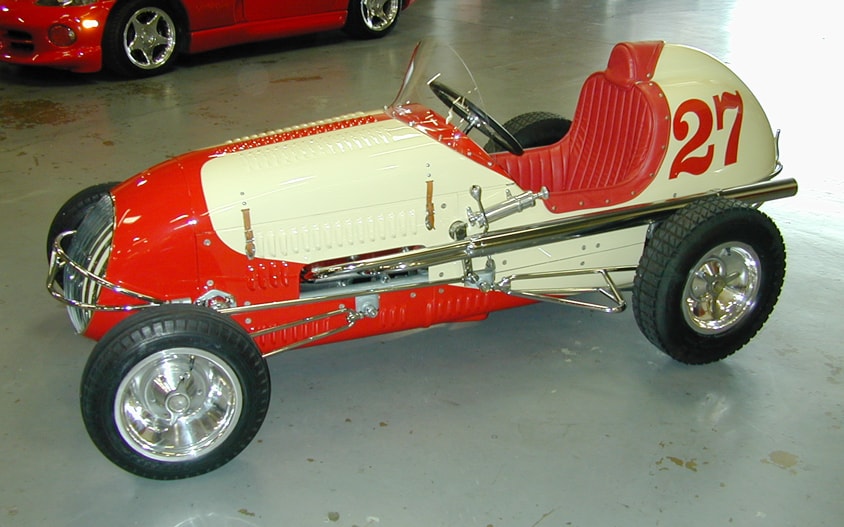
- parent/owner: Frank Kurtis
- established: 1930s
- price point: various
Kyalami
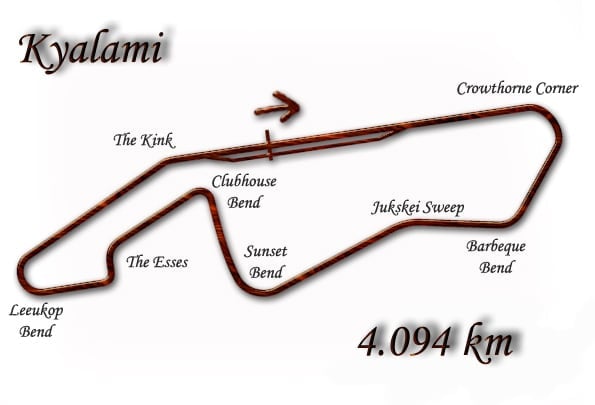
- parent/owner: Maserati S.p.A.
- produced: 1976-1983
- price point: undetermined
The Maserati Kyalami was a luxury grand touring car produced by the Italian automaker Maserati in the late 20th century. The car was named after the Kyalami Grand Prix Circuit in South Africa, where Maserati had achieved racing success. The Kyalami was powered by a front-mounted V8 engine, coupled with a three-speed automatic transmission, providing a smooth and comfortable ride. The Kyalami represents a period in Maserati’s history when the company was producing stylish and luxurious grand touring cars. Thanks to exquisite craftsmanship and timeless styling, the Kyalami is a highly sought collectible.
ALERT: Take This Retirement Quiz Now (Sponsored)
Take the quiz below to get matched with a financial advisor today.
Each advisor has been vetted by SmartAsset and is held to a fiduciary standard to act in your best interests.
Here’s how it works:
1. Answer SmartAsset advisor match quiz
2. Review your pre-screened matches at your leisure. Check out the advisors’ profiles.
3. Speak with advisors at no cost to you. Have an introductory call on the phone or introduction in person and choose whom to work with in the future
Take the retirement quiz right here.
Thank you for reading! Have some feedback for us?
Contact the 24/7 Wall St. editorial team.

